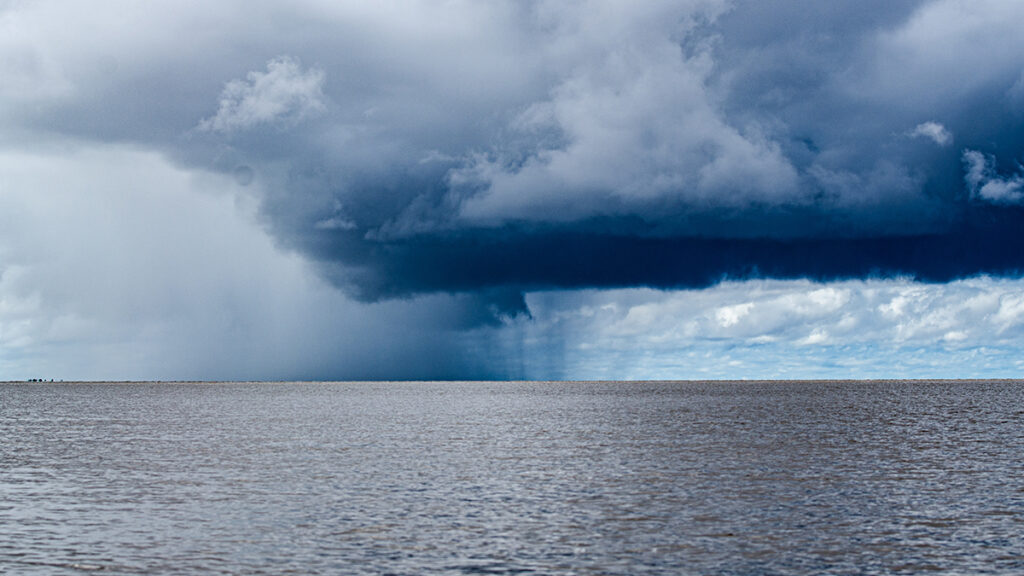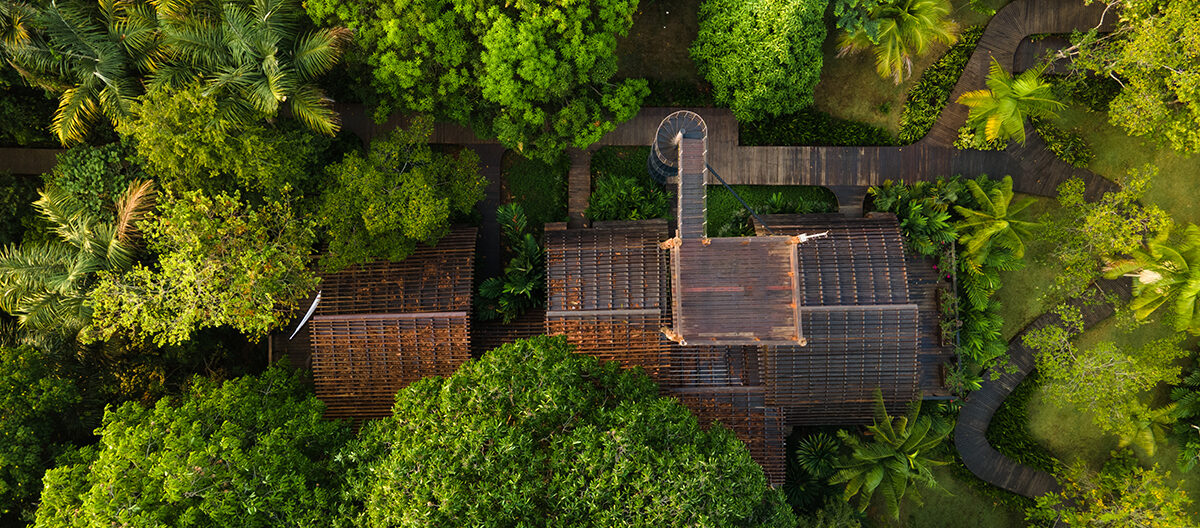
Saphira & Ventura Art Design Architecture
New York International Contemporary Art Society (NYICAS)
European Cultural Centre (ECC)
Venice Architecture Biennial 2021
Preview of the 1st AMA + ZÔNIA 2022 Biennial will be presented at Venice Architecture Biennial 2021 exhibition — “Time Space Existence”
Patricia O’Reilly (Mirante do Gavião);
Meireles Junior (Amazon Mangroves);
Alexandre Mavignier (Giant Women);
Alexandre Mavignier (Amazon Tears);
Christoph Diewald (Ribeirinhos Photos);
Michael Schucht (Flying Rivers documentary)
Biennial AMA+ZÔNIA 2022, the first international biennial in the Amazon, will bring together national and international artists, designers and architects, in a forum for technical and scientific exchange. The event will include Brazilian and international artists, scientists, universities, civil society and indigenous organizations, as well as representatives of governments and national and international bodies that support the sustainability of the region.
The Amazon Biennial will create awareness on environmental issues as a basis for planetary survival.
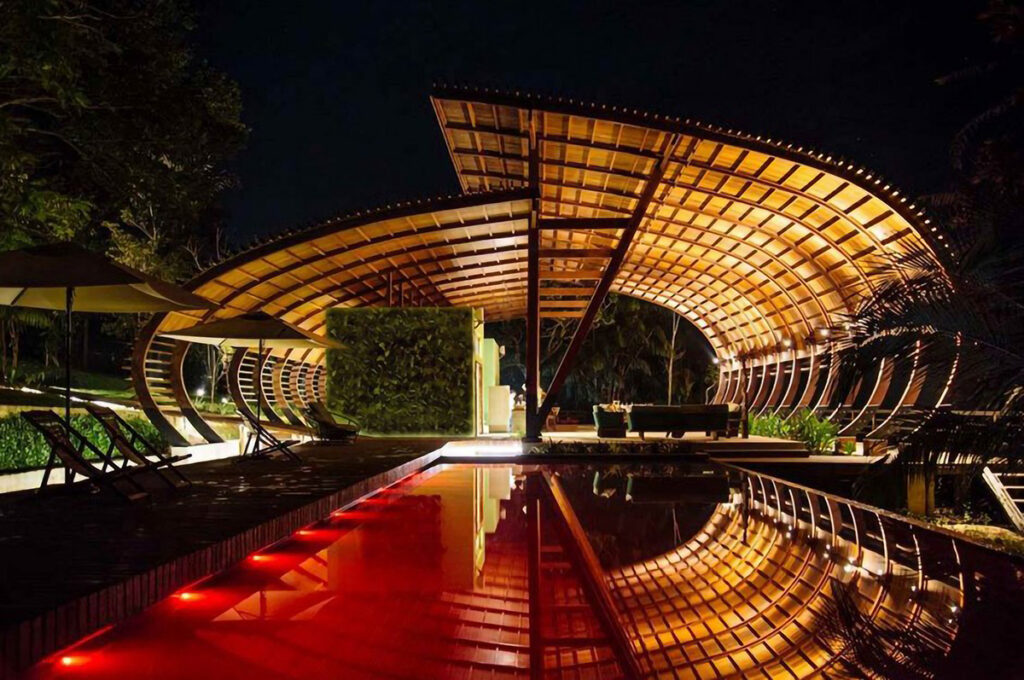
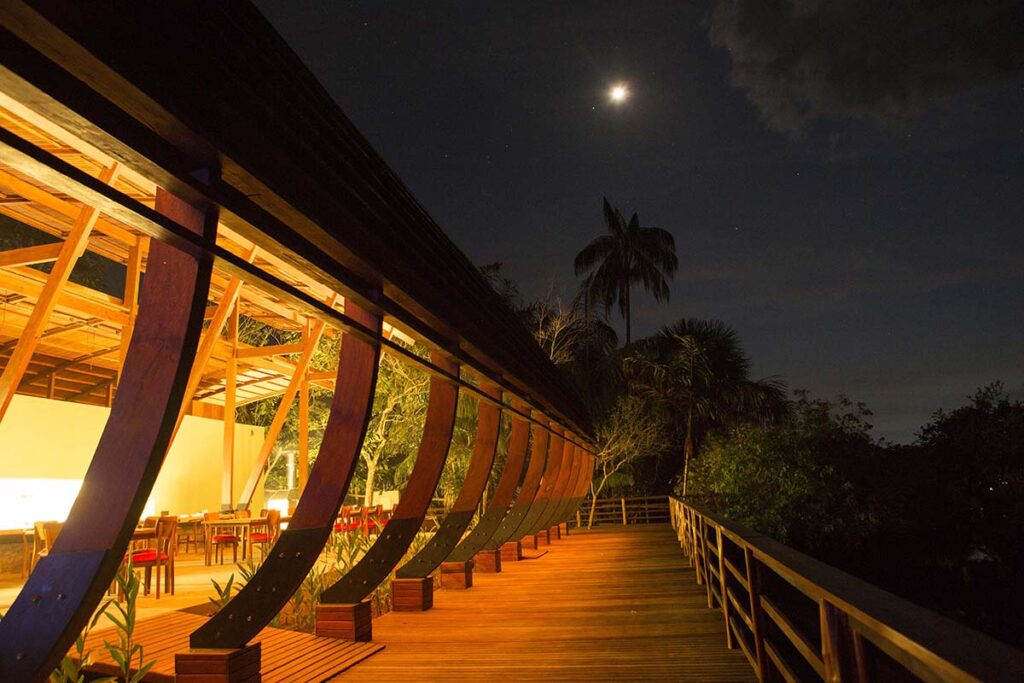
Patricia O’Reilly and Armando Prieto, from Atelier O’R, are the creators of the architectural project “Mirante do Gavião Amazon Lodge” — A project that integrates community, sustainability, architecture & design.
Located in Novo Airão, distant 200 km from Manaus, the capital of Amazonas, has the panoramic view of the Black River facing the National Park of Anavilhanas. The idea was to develop an inspiring project that integrated community, sustainability, architecture and design, giving the community the opportunity to develop new talents, to increase local income, to promote social inclusion, to respect the environment and to integrate architecture interchange and nature. The cultural and the appreciation of local people has reached a place of extreme importance in the lives of the visiting public and the community, bringing the understanding of the value of the miscegenation of human beings in their greater capacity of learning.
Climatic, ventilation and sunshine studies were done to achieve the best bioclimatic design, seeking thermal comfort, cross ventilation, chimney effect for hot air scape, natural lighting and accessibility.
Lack of local capacity led to huge unemployment and low quality of life. The technology to build boats with wood, no longer allowed, was replaced by the technique of aluminum construction, not yet mastered. The arrival of the “Mirante do Gavião Amazon Lodge” promoted a paradigm shift through the construction of the Lodge as an inverted boat, merging with the local needs and offering new possibilities of income generation, development of new talents, respect and social justice, valuing their grassroots.
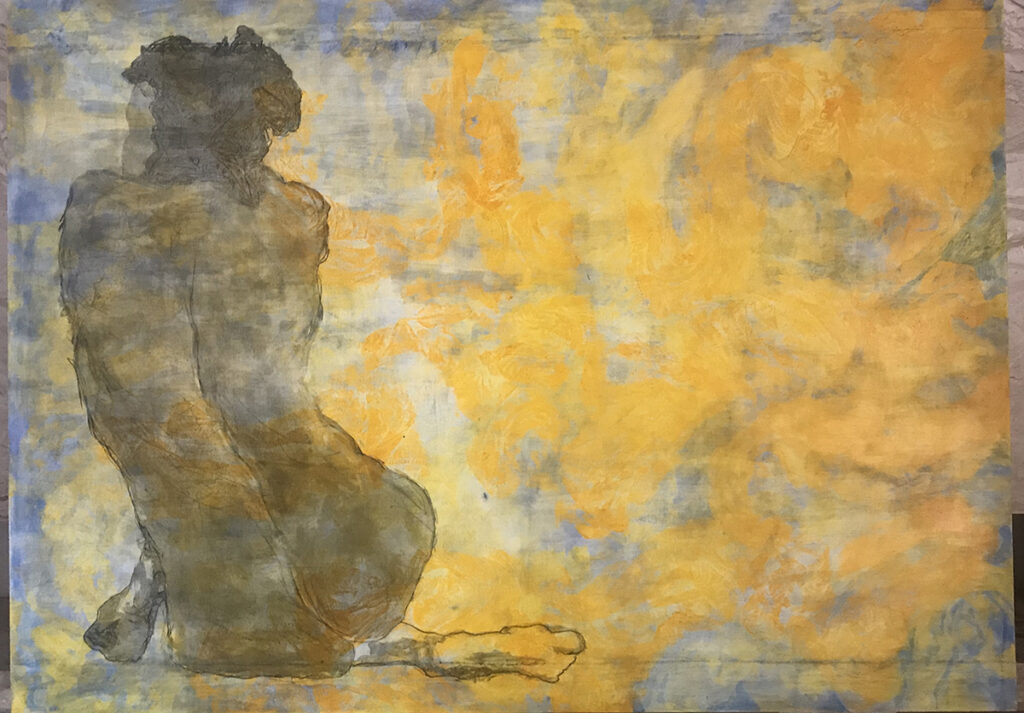
Alexandre Mavignier, shows the series Giant Women (“Mulheres Gigantes”), inspired by the extinction of the Ycamiabas Indian tribe, warrior giants, women without men whose history gave rise to the name Amazonas for the forest, river and Brazilian state, when in 1546 they massacred the Spanish fleet of Francisco Orellana.
The artist Alexandre Mavignier named CARBOGRAPHIA, the technique in which he uses earth and coals that collects Amazonian forest fires, to make his paints (protagonists) with which he paints on supports that he reconstructs reusing solid urban waste (antagonists).
Together, residues of burning life and urban rubble transformed into art, build the narrative of a transformative, surviving hope. The artist enshrines that the real work is what it is not, it is what it cannot fully say, it is what the image itself will never say about itself.
“The urgency of the presence of the other in art is urgent, it is of being, it is what builds and transforms.”
— Alexandre Mavignier
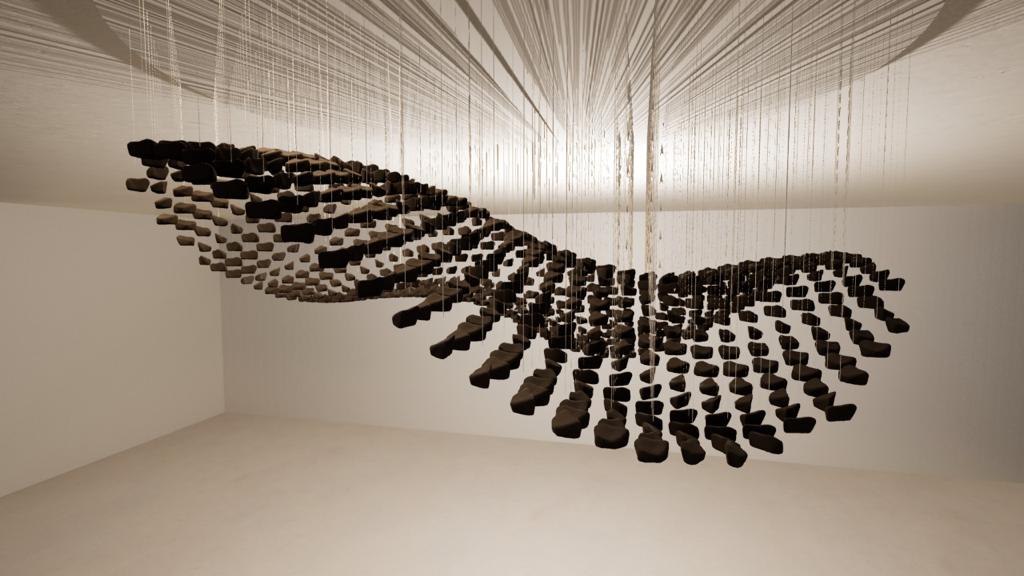
Alexandre Mavignier also presents Amazon Tears.
Mimetizing the flying rivers of the Amazon, a ceiling installation constructed with pieces of coals harvested from Amazonian ashes denouncing the violence of people against nature and themselves. It poses the idea that we are all involved together, whether we like it or not.
This new technique, named by the artist, CARBOGRAPHIA, uses ash residues of burned life to draw pictures and create other art forms.
Alexandre Mavignier, is a multidisciplinary artist. Whether transmuting lands from all over the planet to produce natural pigments for his canvasses and sculptures, or collecting urban demolition and construction waste that, micronized and transformed into paint, bring the tons of the city to his masterpieces’ reality, or even reusing waste from a life on fire, like the 994 coals from the Amazon rainforest used in the Amazon Tears work, the artist Alexandre Mavignier presents the themes related to his creations with enormous depth.
Meirelles Junior, designer and photographer of the book “MANGUEZAIS RAÍZES MARANHENSES”, postulates that the area of mangroves in Maranhão state, produces more than 95% of the food that man catches from the coastal sea areas of the Amazon.
It’s vital for the ecosystem’s survival and the subsistence of the fishing communities that live there. His work shows the importance of mangroves as an exporter of organic matter to the estuary, contributing to primary productivity in the coastal zone.
The mangrove vegetation serves to fix the lands, thus preventing erosion and at the same time stabilizing the coast.
Michael Schucht, producer of the documentary “The Flying Rivers” focuses on the way the Amazon forest cools the earth.
A movement of large quantities of water vapor is transported in the atmosphere from the Amazon Basin to other parts of the planet. Without forest, no water; this gigantic water pump can no longer exist without the Amazon.
